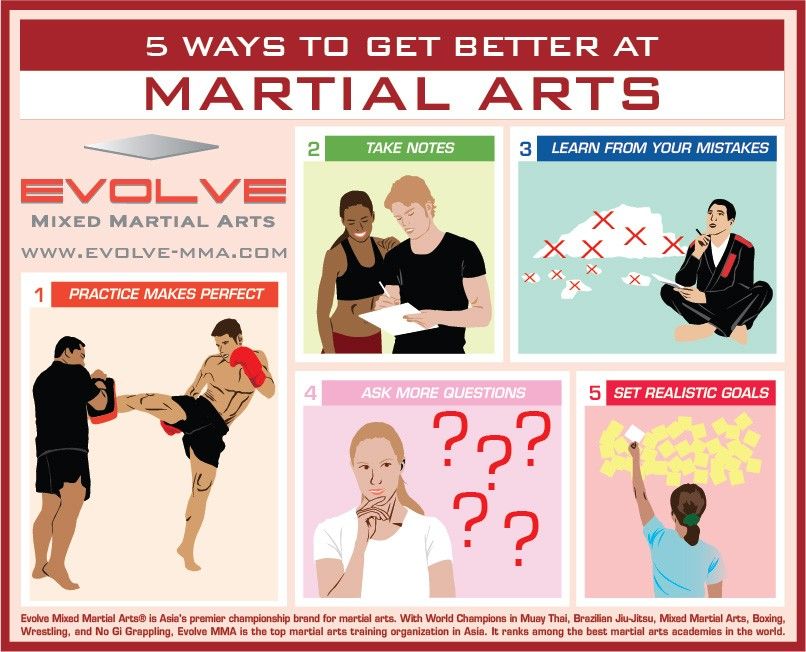Flexibility Is Vital In Martial Arts Education
Flexibility Is Vital In Martial Arts Education
Blog Article
Authored By-Becker Roy
Did you recognize that adaptability plays a crucial role in fighting styles training?
Actually, a research conducted by the International Journal of Sports Physical Therapy disclosed that over 80% of martial artists fight with minimal adaptability.
However why is versatility so vital? Well, it not only enhances your performance and technique but additionally decreases the danger of injuries.
So, if you're wanting to take your fighting styles skills to the following level and stay injury-free, you'll definitely intend to maintain analysis.
Benefits of Adaptability in Fighting Style
Flexibility in martial arts brings numerous benefits to practitioners, enabling you to boost your efficiency and decrease the danger of injury. By boosting your flexibility, you increase your series of activity, allowing you to implement techniques with better accuracy and effectiveness.
This boosted agility and fluidness in your activities can provide you a competitive edge, permitting you to react quicker and adapt to various circumstances throughout competing or competitors. Furthermore, enhanced flexibility helps to stop injuries by improving muscle elasticity and joint mobility.
It permits your body to relocate extra freely, minimizing the strain on your muscular tissues and ligaments. This, in turn, decreases the possibilities of sprains, pressures, and muscular tissue pulls. By including adaptability training right into your fighting styles practice, you not just enhance your efficiency but likewise protect your physical wellness.
Methods to Enhance Adaptability
To enhance your adaptability in martial arts, you can include numerous stretching exercises right into your training routine.
One reliable method is dynamic stretching, which entails moving through a complete series of activity to heat up your muscle mass and increase flexibility. Examples consist of leg swings, arm circles, and trunk rotations.
An additional method is fixed extending, where you hold a go for a continual amount of time. This aids lengthen and unwind your muscular tissues, boosting versatility in time. Usual fixed stretches for fighting styles consist of the butterfly stretch, hindering stretch, and shoulder stretch.
In should a kids martial arts defense class demonstrate rape preventiom , including yoga or Pilates into your training can likewise substantially boost your adaptability.
Keep in mind to constantly heat up prior to extending and listen to your body to avoid injury.
Versatility Training for All Skill Degrees
As you advance in your fighting styles training, enhancing your versatility ends up being essential for boosting your total performance. olympic martial arts isn't just valuable for sophisticated practitioners however additionally for novices and intermediate students.
Despite your ability level, incorporating versatility workouts right into your training routine will certainly aid you create a variety of movement, prevent injuries, and boost your technique implementation.
For https://www.wdrb.com/news/louisville-martial-arts-training-school-hosting-carjacking-self-defense-class/article_d2190dc2-d864-11ec-9172-eb52b8dc1103.html , flexibility training can aid boost your type and posture, permitting you to execute movements correctly and efficiently. Intermediate specialists can use flexibility training to more boost their range of movement and boost their fluidness in executing facility techniques. Advanced trainees can take advantage of adaptability training by preserving and fine-tuning their existing adaptability, enabling them to execute sophisticated moves effortlessly.
Verdict
Finally, accepting versatility in your martial arts training is paramount. By including techniques to boost versatility, you can improve your performance and protect against injuries.
Keep in tai chi martial arts , 'An adaptable body is a durable body.' So, keep pressing your limitations, extending frequently, and reap the benefits of a flexible and active figure.
